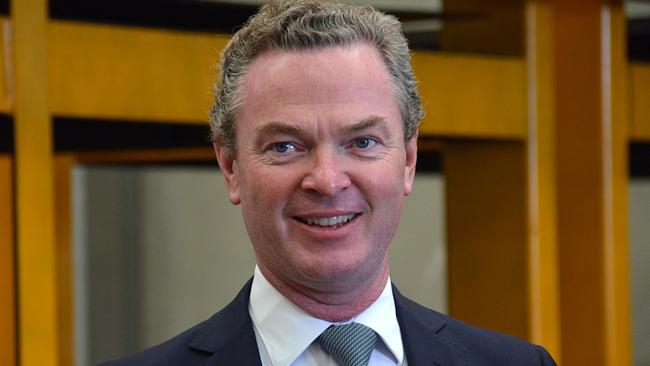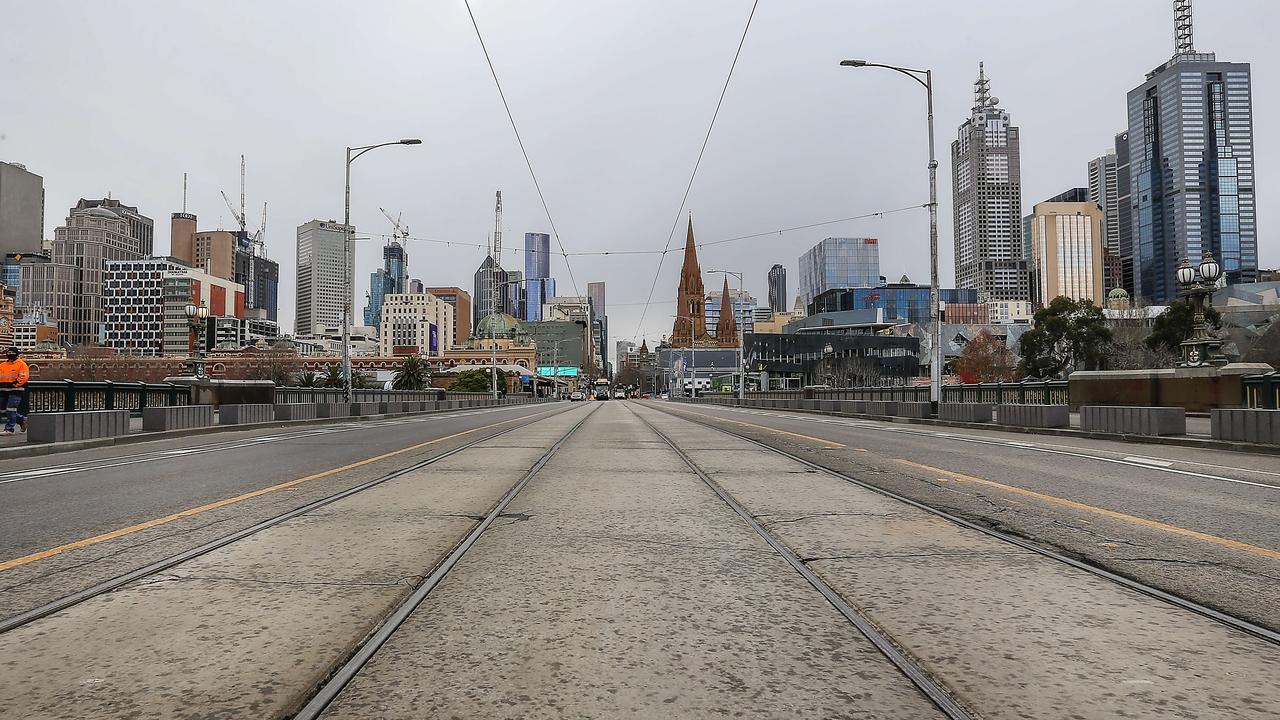Stephen Elder: Simon Birmingham gets an F for an unfair plan
CATHOLIC schools aren’t there to make a buck. Instead, they stem from a sense of service to the community, writes Stephen Elder.

Opinion
Don't miss out on the headlines from Opinion. Followed categories will be added to My News.
CATHOLIC schools aren’t there to make a buck. Instead, they stem from a sense of service to the community.
They are part of a mission dating back over two centuries: a mission to provide an education imbued with the church’s values
of compassion and charity.
FEDERAL BUDGET 2017: CATHOLIC SCHOOLS THREATEN REVOLT OVER FUNDING OVERHAUL
Because they are born from a sense of service we have always sought to make our schools open to as many people as possible. We have sought to keep them low fee.
Suddenly, this is all under threat. For more than 50 years successive federal governments, Liberal and Labor, have recognised the work of Catholic schools and helped them in their mission.
Under the new 10-year funding plan of Malcolm Turnbull and Simon Birmingham this seems set to change. Birmingham has been focusing on the short term. He repeats his new education plan will guarantee funding is awarded to schools more “fairly, consistently and equitably’’.
If only the reality could match the rhetoric. The 10-year plan, looking beyond the short term, poses threats to parent choice in education, disabled students — and school funding generally.
Birmingham’s measures are fundamentally flawed. Faults lie at the heart of his funding model.
For starters, it assumes that teacher salaries — the main driver of school costs — are the same throughout Australia, even though there are significant differences between states.
The government’s “consistent’’ funding model will not fund schools consistently based on what they need. Different states and territories will have different amounts to spend once teacher pay is taken into account.

But that’s only the beginning.
Funding for non-government schools is determined using a measure known as school Socio-Economic Status, or SES, scores.
We have already presented Birmingham with compelling research that SES scores are biased in favour of wealthier families by underestimating how much they can afford to pay in fees. Meanwhile, the financial means of lower- and middle-income families is over-estimated.
This is grossly unfair — a deal that benefits the rich, and the elite colleges they attend, while forcing lower-fee Catholic schools to charge higher fees.
And the areas where the government does treat schools “consistently’’ in this package are scarcely good news.
First, there will be a massive funding cut for students with disability in mainstream Catholic schools. Almost all of these students will have the funding they attract from government significantly reduced. Based on the government’s proposals and current data, we fear additional funding for students with disability in Victorian Catholic schools will halve over the next decade. Most students with disability in other school sectors face the same threat.
Consistent, but hardly fair or equitable.

The government also plans to allocate funding based on teacher assessments of the additional needs of students with disability, not the advice of medical professionals. Birmingham has expressed his own concerns with the rigour of the data submitted by teachers. This risks creating further distortions and misallocation of funds.
But worst of all, under this package every school across the country will have its funding cut progressively after 2020.
From 2021, the Turnbull government plans to index base school funding using a combination of the consumer price index and the wage price index.
At current levels the indexation rate would be a measly 1.95 per cent per annum. In Victoria, school salaries — which reflect actual rather than hypothetical cost increases for schools — are set to grow by 3 to 4 per cent per annum across the next four years.
From 2010 to 2015, average staff salaries in Catholic schools in Victoria grew by 4.6 per cent each year in line with salaries in state schools. Over that time the new index proposed by Birmingham grew by only 2.8 per cent.
The new indexation rate is, in fact, a hidden plan to slash funding in real terms over the next decade.
For Victoria’s Catholic schools, that funding cut, using conservative estimates, will add up to over $25 million each year. That money will have to be found by increasing fees or cutting valued programs in our schools.
The changes to the funding model also reshape Catholic education across Australia. The government will have more power over the fees charged by individual Catholic schools. Many parish primary schools will be expected to double or triple their fees over the next decade in real terms.
There is no evidence anywhere that parish schools can set fees at the level the government will expect and remain viable. Parents will be forced to take other options for their children.
Christopher Pyne described the existing school funding measures as “Conski’’ when he was education minister. Simon Birmingham is offering Conski 2.0.
Stephen Elder is executive director of the Catholic Education Commission of Victoria


